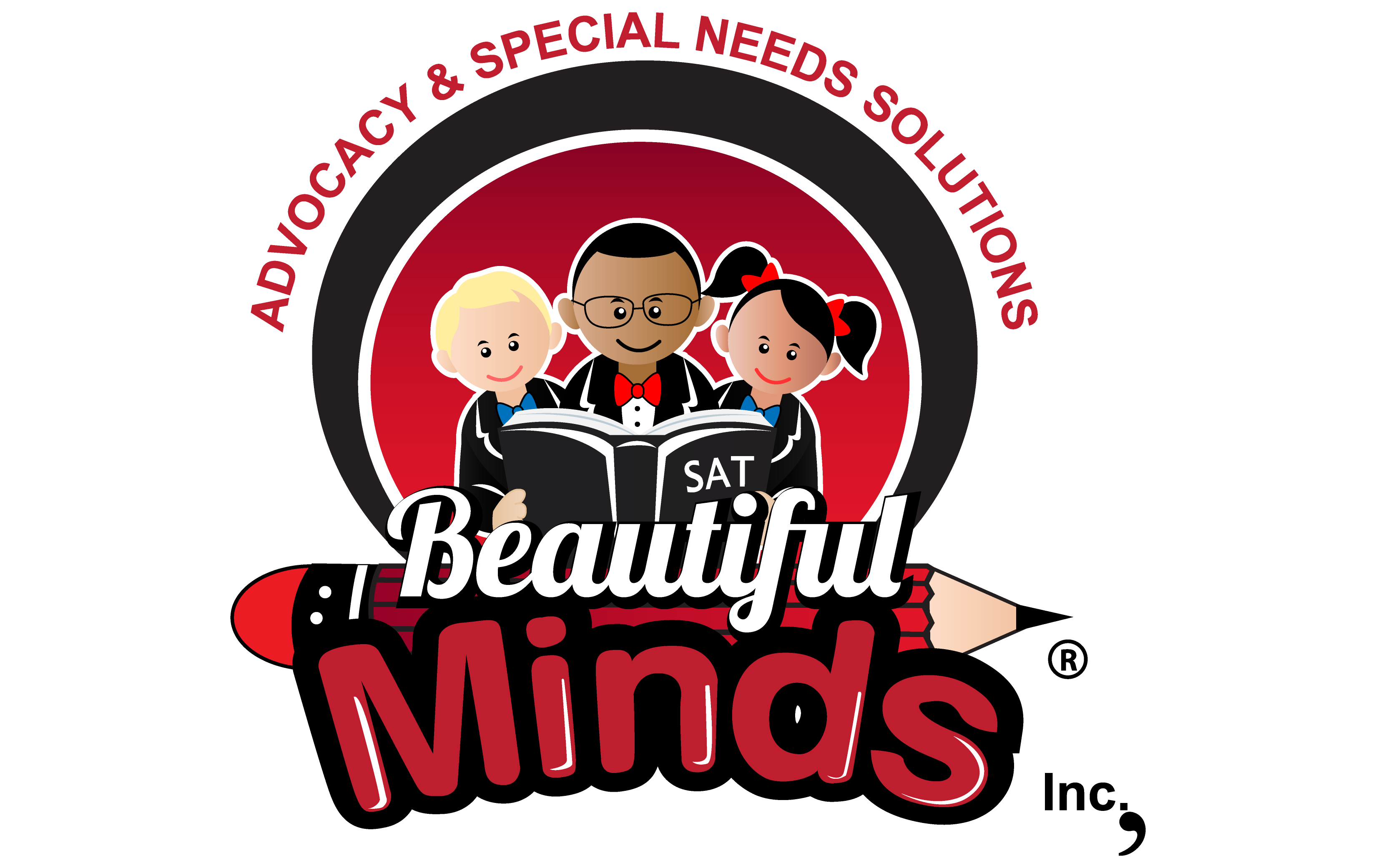BEAUTIFUL MINDS INC. TIPS FOR EASING THE TRANSITION BACK TO SCHOOL FOR SPECIAL NEEDS KIDS
By Dr. Ifeanyi Ufondu August, 22. 2016
Due to their unpredictable nature, transitions in general, can be very difficult for our children with special needs. The new school year creates a whole host of transitions that made me want to devote this month’s column to tips for helping your child make a smooth entrance into school.
About 3-5 day prior to the beginning of the new school year, make a social story with your child that will create a visual map as to what he/she can expect in the upcoming days. The story does not have to be long and should include the basic morning routine (getting dressed, taking the bus, etc.), what the child can expect during the course of the school day (class activities, snack/lunch breaks, recess) and then the schedule for the afternoon/evening (bus ride back, additional therapies, dinner, etc). You may want to laminate the covers so that you can reuse and don’t forget to add a place for your child to check off the activity once the event has occurred.
Additionally, I encourage you to write your own specific narrations to the story, for example, letting the child know that the noise and activity levels during certain parts of the day are different and what he/she can do about it to reduce their own stress levels.
If possible, allow your child an opportunity to visit his/her new classroom, 1-2 days ahead of the opening of school. Typically, arrangements can be made either directly with the teacher or with the school administrator to allow your child the opportunity to spend a few minutes getting the ‘lay of the land’. You may even want to encourage your child to add a small gesture (special sticker) to the classroom set up so that come the first day of school, his/her efforts are acknowledged by the teacher for the creation of an especially warm welcome.
For middle and high school students; special arrangements can often be made in advance of the first day of school to help your child learn how to navigate the hallways as they go from class to class and how to get to and open their lockers in a timely fashion.
Children with special needs are often plagued with auditory processing disturbances. While not traditionally impacting actual hearing, this can nonetheless make the auditory instructions by the teacher often difficult to understand. I suggest supplementing the verbal messages with a visual schedule that can be placed on the board and/or on the child’s desk to help him/her know exactly what is going on in the classroom and what the upcoming expectations are. Teachers can also encourage their special needs student s to be their ‘helpers’. This gesture asks the child to explain to the class what is going on, or help support a fellow student in class. What this typically accomplishes is twofold; the teacher can check to see if the student fully understands the lesson while elevating the status of the child with challenges by making him/her ‘the special helper’.
Finally, I encourage the establishment of an alliance with your child’s teacher. That early bond will be crucial to your working together as a team throughout the school year. BEAUTIFUL MINDS INC.




